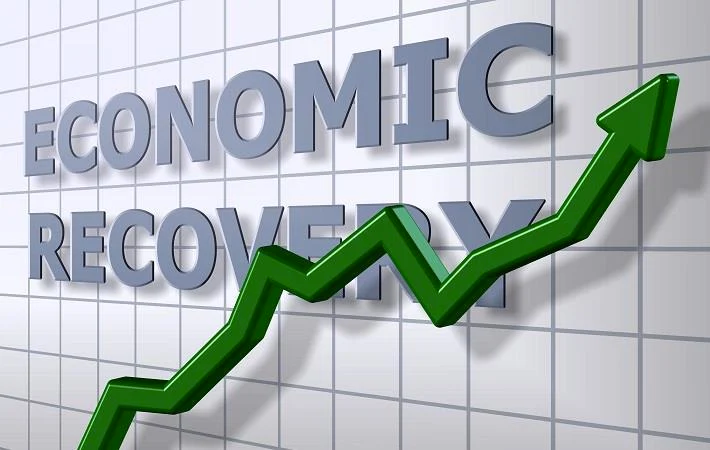The recovery of the glass industry - potential scenarios and points to watch-17/04/2020
- FITTliner
- 17 avr. 2020
- 3 min de lecture

The numerous announcements made in recent days in Europe on the gradual lifting of containment measures (Austria, Denmark, France, etc.) and those of a restart of so-called non-essential industries in Spain, allow us to foresee a new phase in management of the Covid-19 crisis: recovery of activity.
Let’s try to describe the consequences on the glass sector and identify practical ideas through 3 benchmark scenarios for resuming activity. A first black scenario will be an impossibility of stopping the coronavirus; on the contrary, a second will be very positive with a total and immediate recovery; the third will be most likely with a gradual recovery. There are lots of possible scenarios but the important thing is to focus on the practices to be adopted.
The first scenario, the worst case
Suppose that no vaccine or treatment is available for a long time and that there is a prolonged need to maintain measures of social distancing. We can deduce a significant impact from the drop in demand; the productivity of the manufacturing and transportation sectors is badly affected.
In such a scenario, we are probably witnessing an increasing number of bankruptcies of transport companies (specialized in glass or not) as well as those of many glass processors and installers of small and medium size. Some global players could also disappear.
Preserving cash is key. All investments are cancelled, which precipitates the bankruptcy of machine suppliers, trucks and trailer manufacturers and other suppliers in charge of the maintenance.
Getting back to normal is therefore a very painful process for customers, providers and manufacturers.
The second scenario, the best case
The European Union is able to control and reduce the pandemic thanks to tests and social distancing. Life returned to normal at the end of the second quarter.
The construction sites start again, the automobile factories resume production. All glass companies are working to speed up their activities and make up for lost time: fulfill orders placed on hold and try to reduce the delay in delays during containment. The watchword for all middleman companies is "replenishment of stocks" because some have become obsolete.
The logistical capacity to provide the service and products is the real bottleneck because firstly the demand is very strong and secondly some providers failed to survive the confinement. We can legitimately estimate a sharp increase in the price of transport and preparation services in logistics warehouses.
The third scenario, a gradual recovery
Pandemic peaks differ in time and in magnitude depending on the country; the fear of a second wave from elsewhere is on everyone's mind. The effects of the pandemic on the economy extend beyond the second quarter.
The demand is lower. A supplier's plant may operate for a few weeks and then stop for a few more weeks. From one country to another, borders can open and then close…
The automotive sector is the most affected because its supplies are global. This implies that manufacturers must be able to change their sourcing right away. Multiple supply disruptions are likely. One solution will be to reduce the range of their manufacture to limit the risk of rupture.
The building sector is also affected, but to a lesser extent. Glass processing capacities (insulating glass, industrial carpentry) have only been partially relocated to Eastern Europe (Poland, the Czech Republic and Hungary) in recent years. But large groups have formed; they export everywhere in Europe, primarily in Germany but also in France, Italy and the United Kingdom. They therefore have a significant weight in the sector. Any border closure, as is the case today at the Czech border, results in ruptures of finished products and intermediate products.
What lessons can be learned from these 3 scenarios?
Cash management, the Supply chain and the preservation of its ecosystem by taking care of its partners are essential.
Limiting the use of cash to the bare minimum seems like a good father's decision. No one knows what the future developments of the pandemic will be; you might as well be careful. In addition, helping to reduce the consumption of cash by its partners (in particular logistics) enables not to suffer future cost increases which will necessarily appear when too many players have disappeared.
Adapting its supply chain, making it agile and responsive to traffic restrictions and flow interruptions is a major asset in order to continue to serve customers in the best conditions. Increasing stocks, multiplying sources and securing transport capacities while improving control procedures to limit risks seem important.
Finally, preserving and strengthening your ecosystem means cooperating with suppliers and even peers to improve your own efficiency. For example, pooling the charter of transport would be a sure way of reducing non-revenue kilometers that will increase during this recovery period. Furthermore, sharing transport equipment (stillages, racks, etc.) would reduce their ownership and utilization cost.




Commentaires